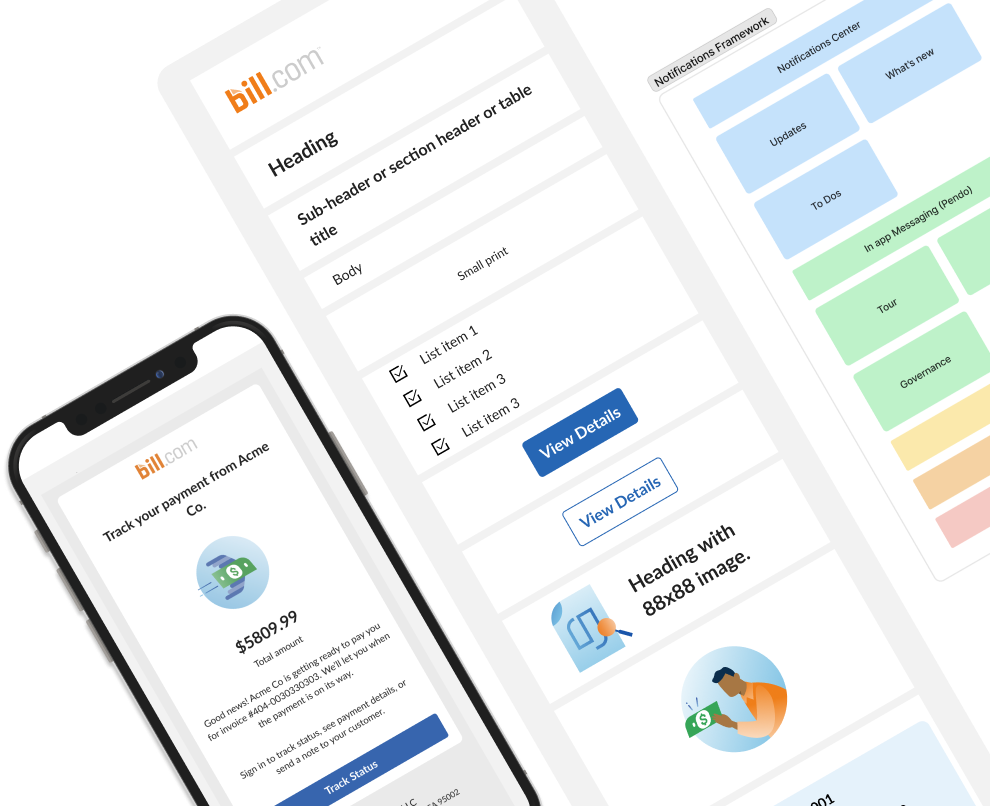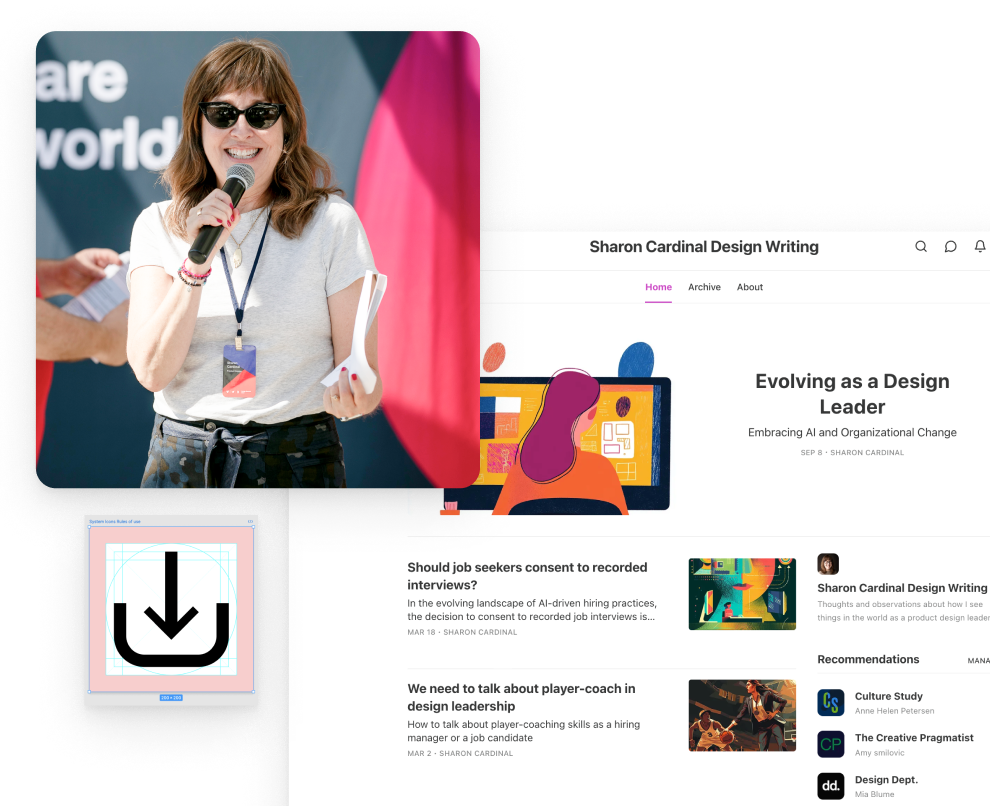End-to-end product design
- Cross-Functional Collaboration
- Systems Thinking
- Frameworks
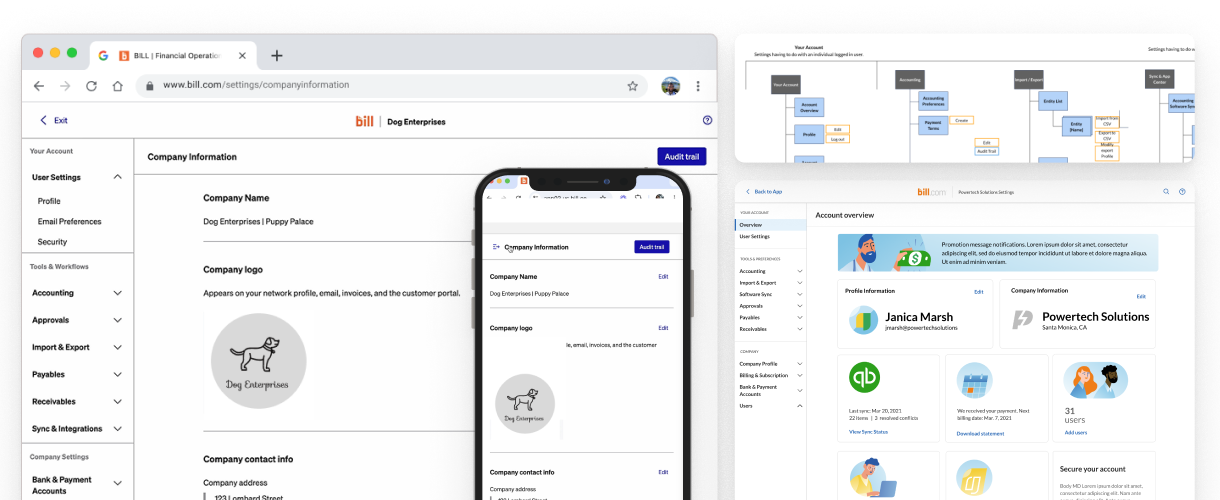
Design Problem
How might we re-design Settings so that customers can complete tasks on their own, and teams can make updates easily and consistently?
My Role
Senior Design Lead on the Platform Team (IC) at BILL.
My Team
Product Manager Lead, Engineering Lead, Front and Backend Engineers, Content Designer, Accessibility Experts, Design System Designers, Legal, Product Marketers
Business Goals
- Reduce customer service calls about settings.
- Increase product team efficiency.
- Ensure quality and compliance while improving usability.
Results
- Reduced contact drivers from top 3% to top 10% in 30 days.
- A new framework and design system achieving 100% adoption.
- Set a standard for future development, achieving ADA compliance and launching with zero P1 bugs.
Before
Settings lacked UI standards, had inconsistent navigation, and was difficult to maintain. Distributed ownership, and outdated technology made teams reluctant to update features. Without design governance, quality suffered.
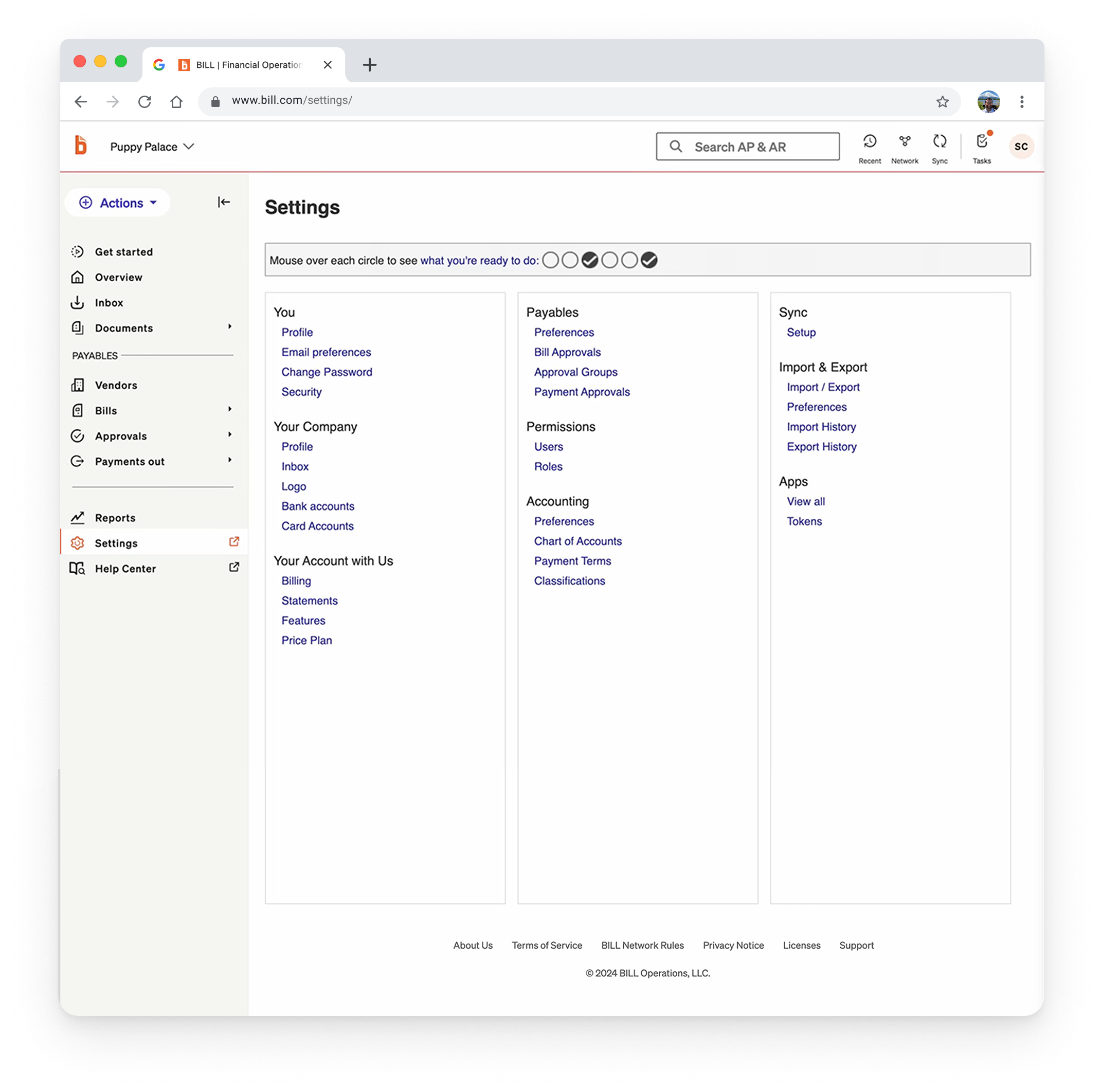
After
Settings were centralized into a portable micro-app. This approach simplified integration, improved the user experience, reduced support needs, and made updates easier for teams.
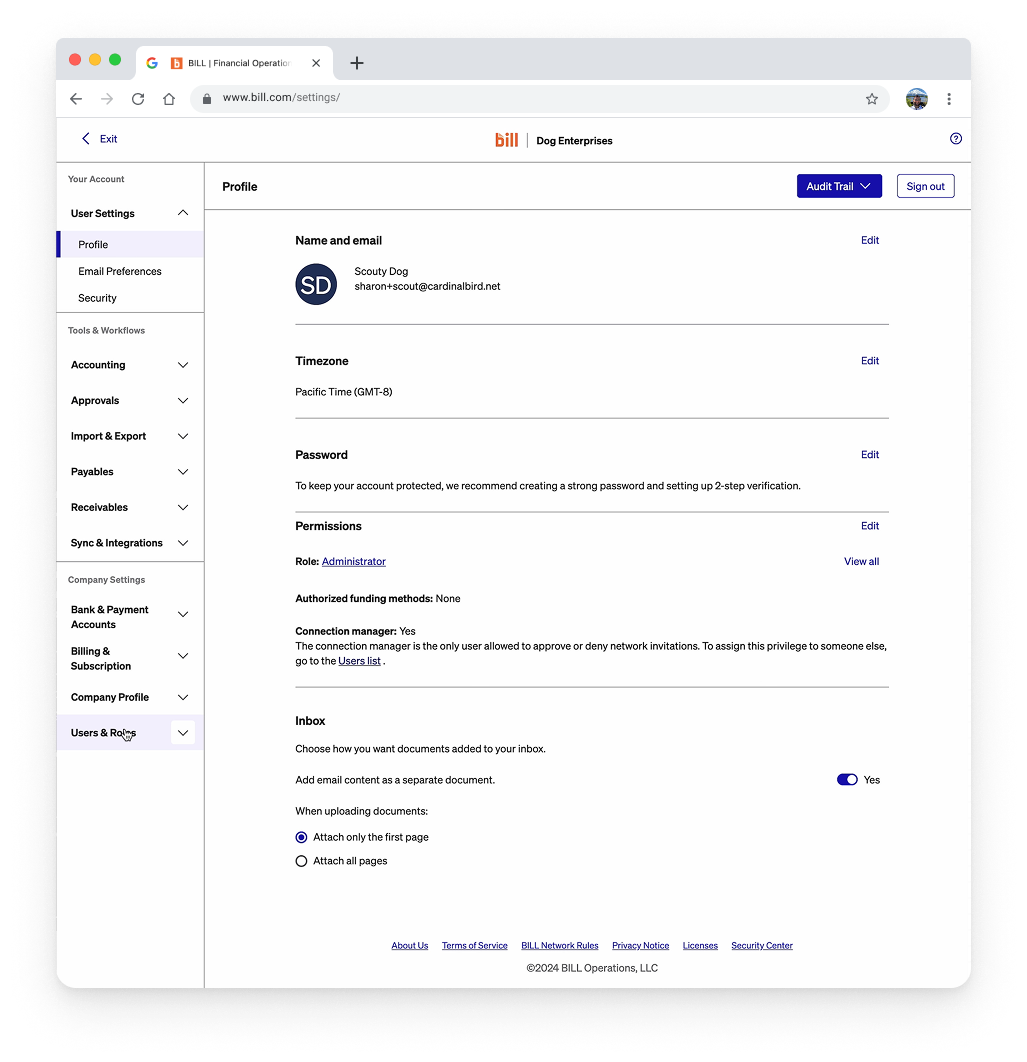
Sharon led three Big Bet projects and facilitated cross-functional workshops successfully. She picked up the most important, complex and legacy experiences (Settings & Email) and created a design process to effectively turn them into modern/usable experiences.Direct Manager
My Approach
I audited 125+ settings pages, mapping patterns, content and ownership across the org.
My PM partner and I interviewed 35 stakeholders across 9 product teams, revealing significant user frustration with basic tasks like password updates.
I ran a card sort study with support from a user researcher, uncovering misaligned mental models and the need for clearer navigation.

I distilled discovery findings into a clear set of principles that kept the focus on solving the top issues for our broad user base.
Design principles became a shared language, driving alignment and guiding decision-making for my team and me.
- Simplify: Remove clutter to improve focus. Make tasks easier to find and complete.
- Confidence: Provide clear feedback and intuitive actions.
- Efficiency: Streamline workflows for faster task completion. Reduce design/engineering debt and support self-serve development.
I created an application map to visualize relationships between Settings objects and actions, ensuring nothing was overlooked.
Unlike a static site map, it captured the dynamic nature of the content and became a key resource for illustrating user flows and aligning stakeholders.
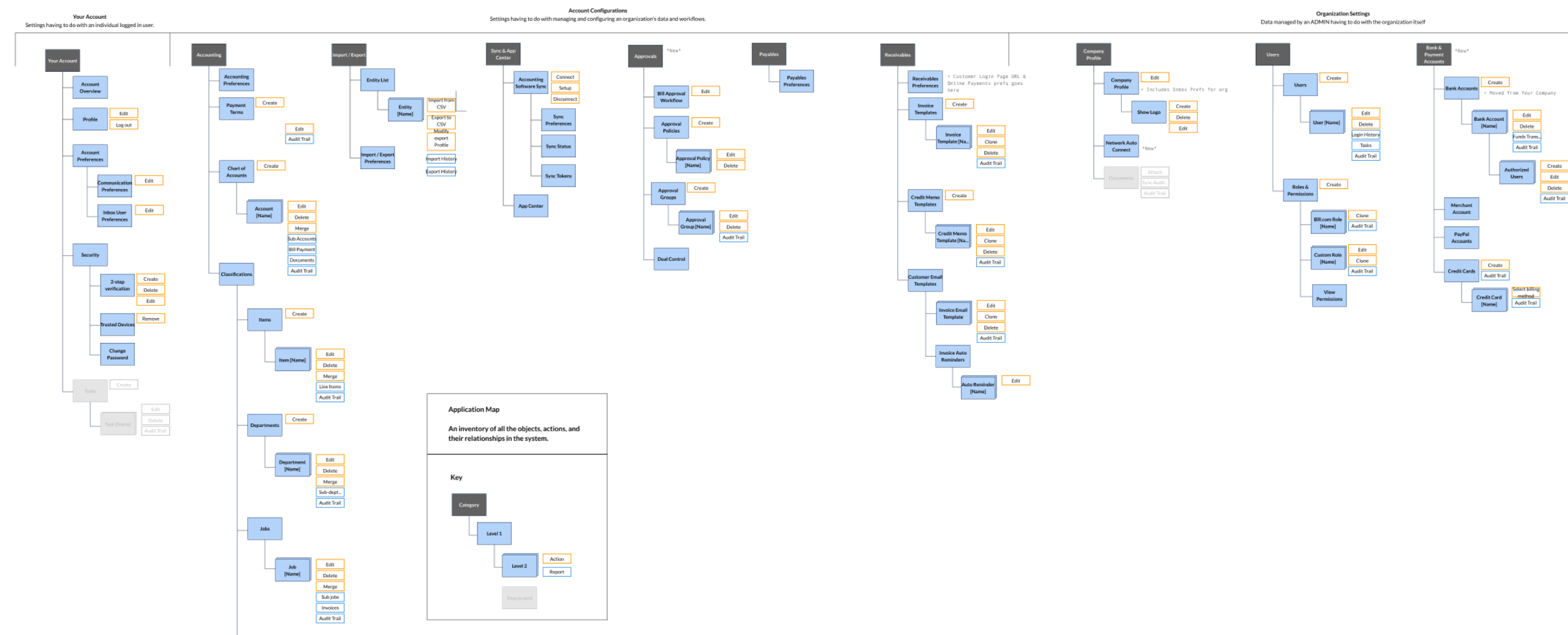
Armed with insights from user research, I sketched various layouts and interaction models, sharing them frequently with the team for feedback.
This gave me the opportunity to partner with design system designers to test and expand upon new components.
Frequent feedback loops helped engineers visualize solutions and paved the way for adopting React and building the micro app.
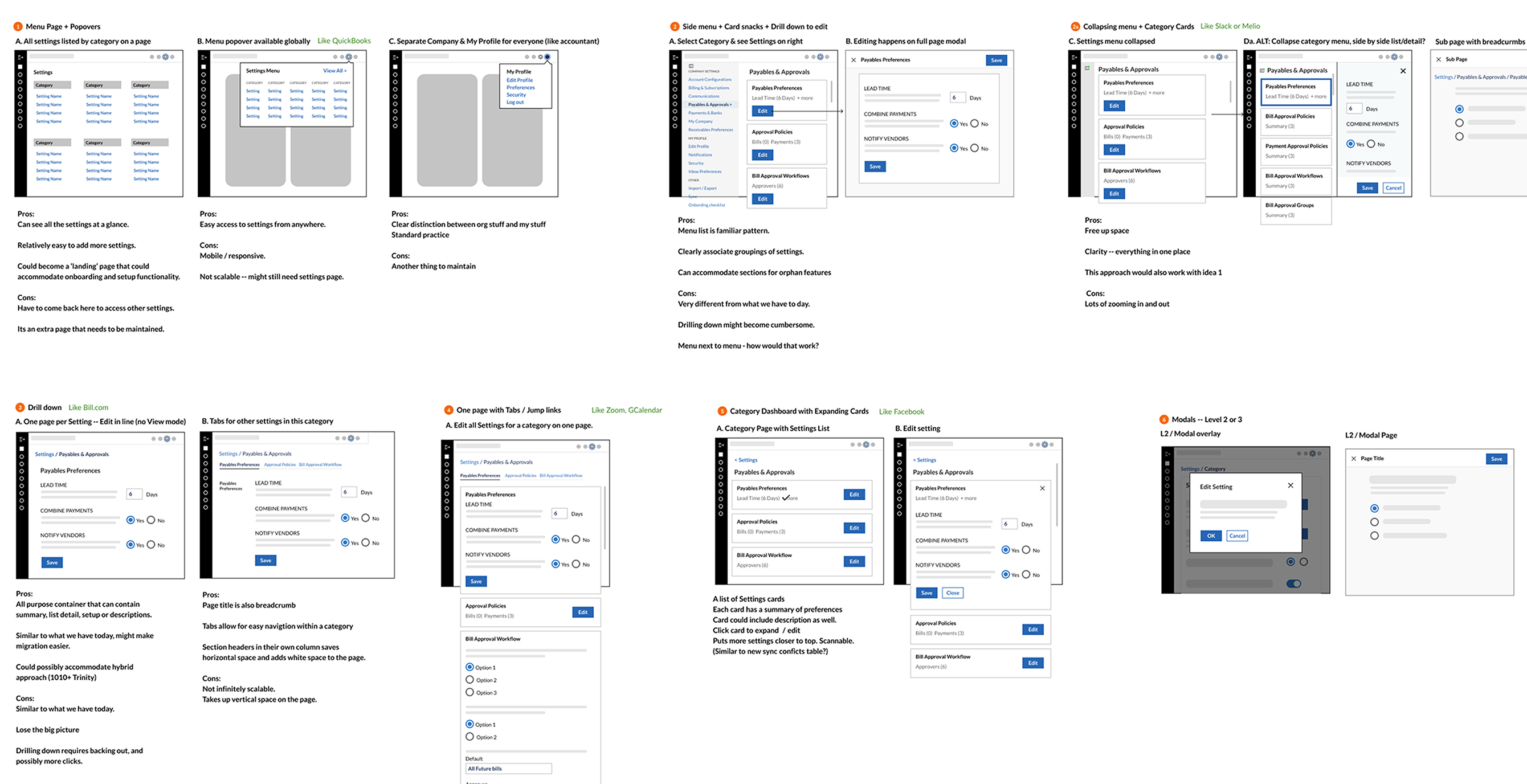
I leveraged the latest design system components while proposing new layout ideas.
I proposed dashboards, fresh illustration styles, and creative color use, all aligned with the brand’s evolving identity.

I led the redesign of User Profile, Email Preferences, and Company Profile to improve usability for top contact drivers.
Built in React, these screens became the foundation of the new Settings design system, allowing teams to manage settings features independently.
I created modular content modules that could be customized to each team’s needs, allowing them to work independently without getting slowed down by rigid rules.
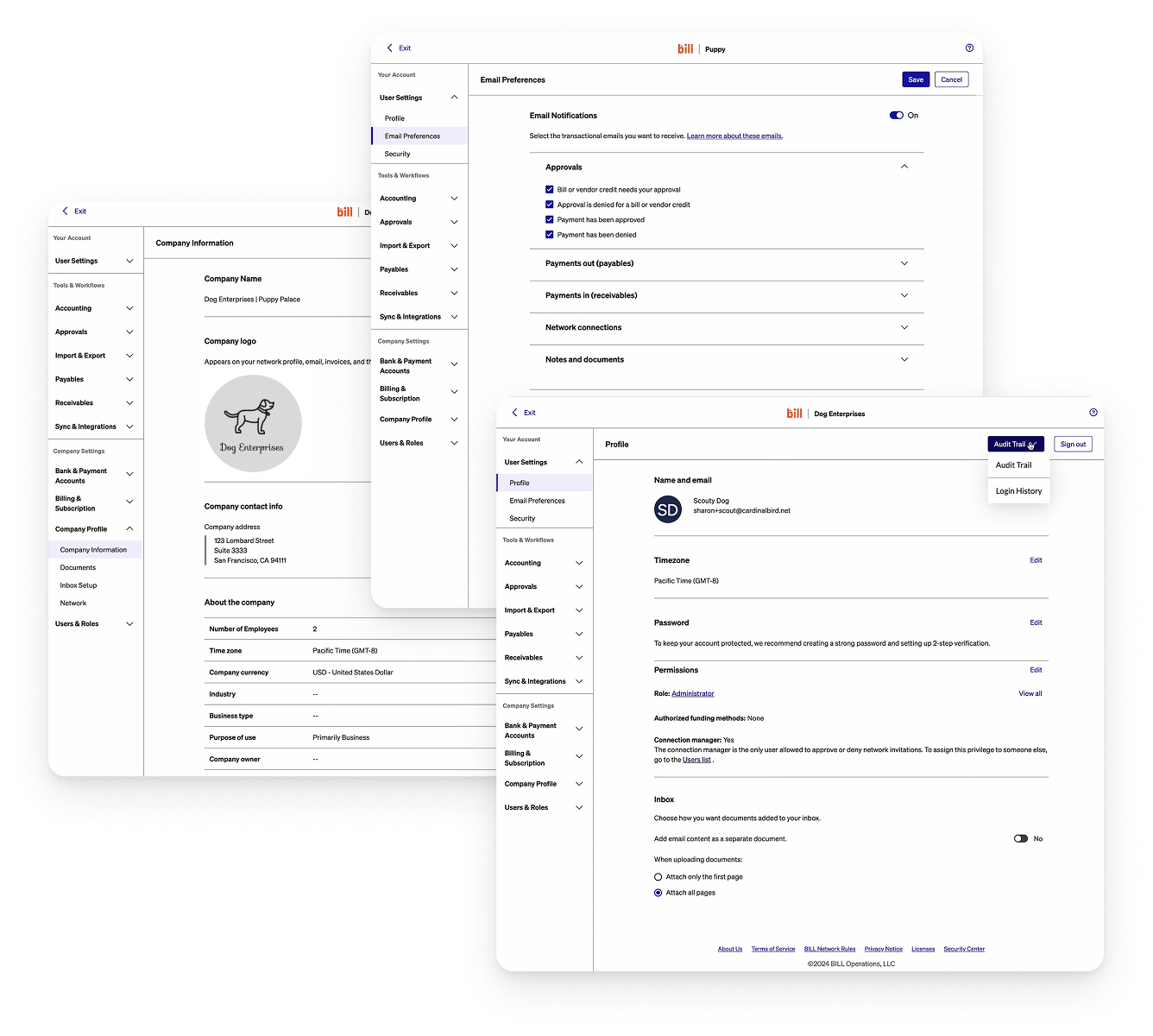
In partnership with a user researcher, I ran user studies to evaluate the experience, and 80% of participants found it better or about the same as the current experience.
Participants easily navigated back to the BILL workspace after using Settings—one Clerk even said, 'Couldn’t be simpler.'
Overall, participants found the design easy to use and straightforward.

Improved customer experience: Customer service calls coming from Settings were reduced.
Increased product team efficiency: Clear guidelines, tools, and a new framework enabled teams to deliver features more efficiently, with better compliance, and aligned with the design system.
Ensured quality and compliance: The first micro-app set a standard for future apps, achieving ADA compliance and zero critical bugs at launch.
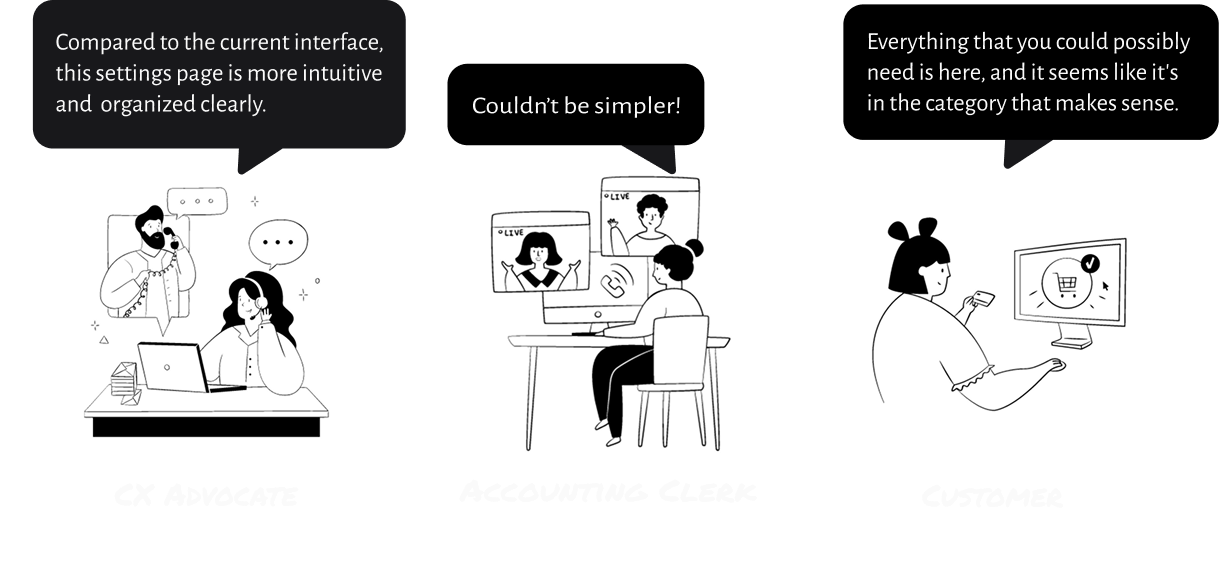
What I really appreciate is her rigor in the design process and the ego-less way that she seeks and gives feedback with the rest of the design community.Product Management Leader
Leading design and strategy across multiple product areas
I guided design initiatives and mentored my team to think strategically, collaborate more effectively, and build their skills.
- Leveling Up a Team
- Improving Outcomes
- Change Management
Leading through empowerment and connection
As a design leader, I’m committed to fostering a culture where teams can thrive—creating space for collaboration and guiding designers to evolve and produce their best work.
- Quality & Craft
- Connection
- Authentic Leadership
